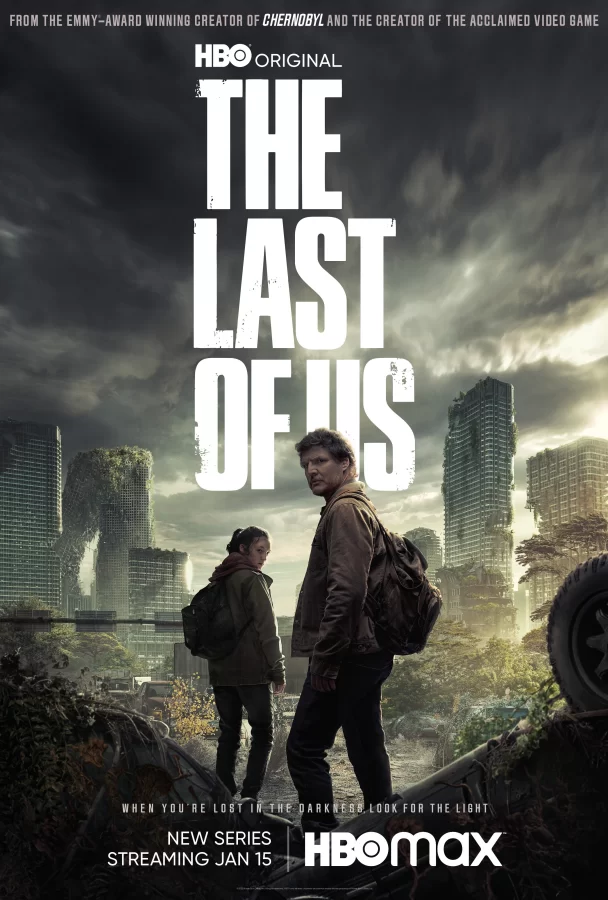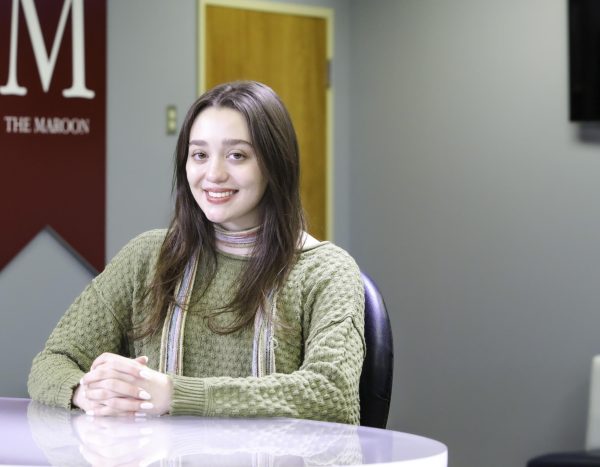“The Last of Us” review: HBO’s hit series raises the bar for video game adaptations
March 29, 2023
It’s not often that a video game adaptation garners worldwide attention, but it comes as no surprise that it happens to be “The Last of Us”. The series emanates its source material from the 2013 video game of the same name and is co-written by Craig Mazin and the game’s initial scriptwriter, Neil Druckmann.
“The Last of Us” follows Joel (Pedro Pascal) and Ellie (Bella Ramsey) as they navigate through a post-apocalyptic world where a fungal virus called Cordyceps has eradicated most of humanity, turning them into virulent, zombified hosts referred to as the infected. However, the series shows there’s more that meets the eye besides “the infected,” with its superb execution of deviation from the norm, and attention to detail.
Although I never played the video game itself, I’d watched various parts of game plays and cutscenes, and was aware of how the series would pan out. Even so, it managed to feel familiar, yet reimagined.
The series opens with pre-apocalyptic flashbacks; the first being in 1968 where an epidemiologist addresses the possibilities and outcomes of a fungal virus in a talk show, and the second being a sequence of scenes the day the pandemic broke out in 2003.
Without alluding to much of the series and its events, rest assured it maintains the video game feel as a result of its cinematography and editing. In episode one, “When You’re Lost in the Darkness”, the scene where Joel and his family are driving away from the ongoing outbreak is perfectly paralleled to the scene in the video game. It put the audience (and player) in the car seat, retaining that interactive encounter.
Though there’s a fair amount of deviation in the series adaptation, I believe it enhances the original storyline of the video game. For instance, in episode three, “Long, Long Time” the series provides an in-depth background story between two characters and subtly alters the sequence of events in their timeline as opposed to the video game.
The showrunners took the source material and made something fueled out of raw emotion. In the video game, Joel and Ellie meet hardened survivor Bill (played by Nick Offerman in the series) after his partner Frank (played by Murray Bartlett in the series) dies. In the third episode, Bill and Frank are introduced to audiences in flashback form as lovers in shielded isolation from the dangers of the post-apocalyptic world. Although the episode was a beautiful reconceptualization that stemmed from a brief video game moment, it received backlash and criticism as a result of blatant homophobia. It comes as no surprise that episode three and episode seven, “Left Behind”, are the lowest rated, being that they both display queer relationships and dynamics.
Another complaint audiences seemed to have was the lack of infected throughout the series. While I understand the infected add adrenaline to the plot, it’s also worth considering that the recurrence of infected serves more of a purpose through a gaming perspective than it does in terms of advancing the plotline.
Bella Ramsey is truly a force to be reckoned with. Their performance as Ellie is one of the things that made the series such a hit. When I saw their performance for the first time in “Game of Thrones”, I was certain they would be a powerhouse in the industry. Pedro Pascal also does an excellent job in portraying Joel. This duo really works well and I’m eager to see what’s in store for the second season.
“The Last of Us” is now available on HBO Max.









